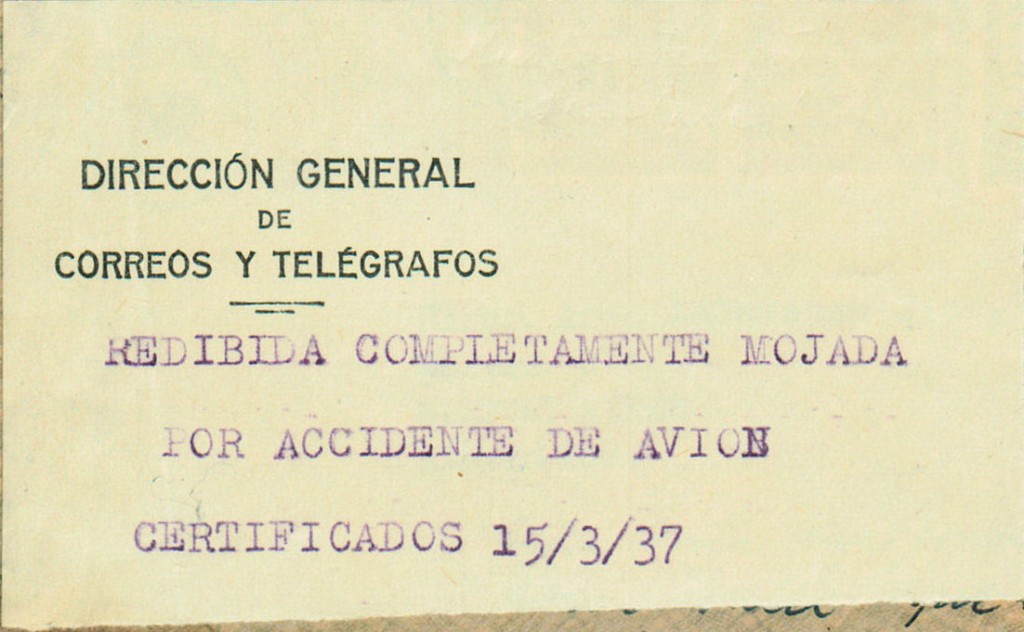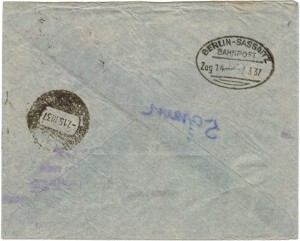| Crash site | Jeshwang airport, Bathurst, Gambia |
| Airline | Deutsche Lufthansa |
| Aircraft | Heinkel He 111 – D-ALIX – Rostock |
| Route | Las Palmas – Bathurst |
| Crew | 4 – 0 survivors |
| Passengers | 0 |
The crash
The plane came from Las Palmas, Spain and arrived over Bathurst at 02:10. It circled widely three times around Bathurst before flying southeast over the harbour and then disappeared. The Lufthansa catapult ship “Ostmark” was in contact with the plane from 02:47 until 03:41 and assumed the plane had landed safely.
In the early morning it was realized that the plane was lost. The Lufthansa Dornier Wal “Mistral” and a launch boat from “Ostmark” started the search for the lost plane. Shortly before 10:00 “Mistral” spotted some debris and post sacks floating near Dog Island in the Gambia River, and at 10:30 larger parts of the wreck were observed in the river. The crew members were never found.
The reason for the crash was never determined.
The mail
The plane carried a large amount of mail destined for West Africa and South America. During the day 24 mail bags and 30 loose packages of letters were recovered. It was estimated that 90% of all the mail was recovered. Most was picked up by the launch boat from “Ostmark”. The mail for West African destinations was brought ashore, and the mail for South America was taken aboard “Ostmark” to be dried and sorted.
The mail for South America was forwarded the following night. The Dornier Wal “Mistral” was catapulted from the depot-ship “Ostmark” on 13 March at 01:02 and arrived in Natal, Brazil the same day at 17:45.
Only 3 Nordic covers are known (all illustrated below).
A.
Argentinian label.
Both printed and typewritten text.
Size: ?
This label is a variation of the
labels illustrated by Nierinck.
B. ![]()
Brazilian handstamp.
Black.
Size: ?
Stated to be used onboard the “Ostmark”, but I do not believe in that.
I think it was used in Rio de Janeiro, Brazil on mail to this district only.
Examples of mail




